Shanghai Luxun Museum
Lu Xun is the pen name of Zhou Shuren (1881-1936).
He was known for his versatility as a short story writer, essayist, literary critic and editor. He was also a leading figure in the New Culture Movement of the 1920s and was a prominent figurehead in conversations on reform in China.
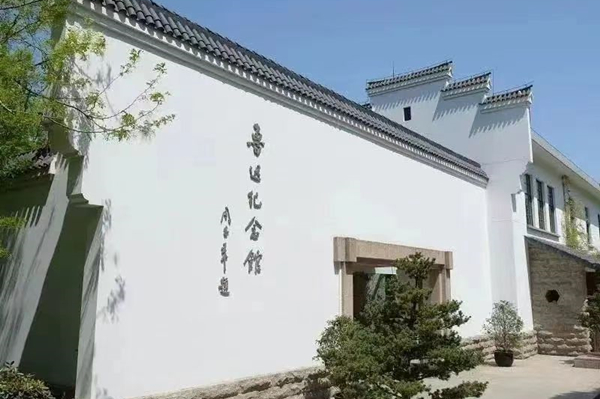
Located in Lu Xun Park in Shanghai's Hongkou district, the Shanghai Luxun Museum comprises the museum itself, Lu Xun's Former Residence and the Tomb of Lu Xun. It serves as a profound testament to the life and work of this towering figure in Chinese literature and thought.
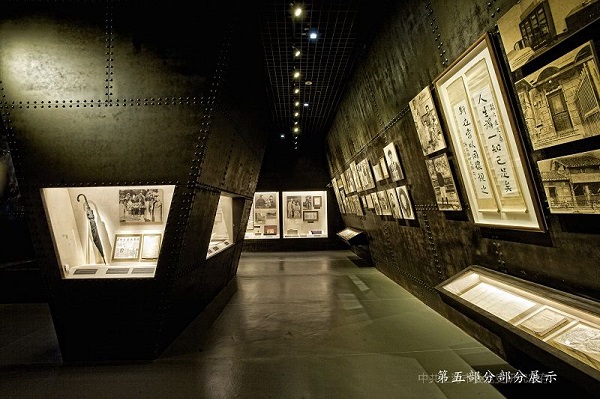
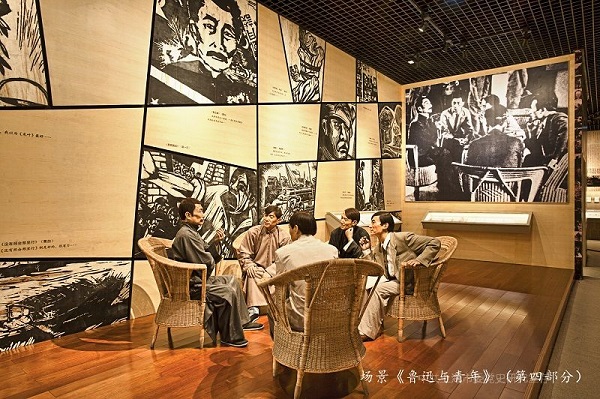
Beyond its engaging exhibitions, the Shanghai Luxun Museum is an important institution for the collection and research of Lu Xun-related cultural relics in China. It now boasts a collection of more than 200,000 cultural relics and documents, and it regularly publishes the academic journal Shanghai Lu Xun Research.
In 2008, the museum was added to the country's list of "national first-grade museums", the highest classification for museums in China.
Lu Xun's Former Residence
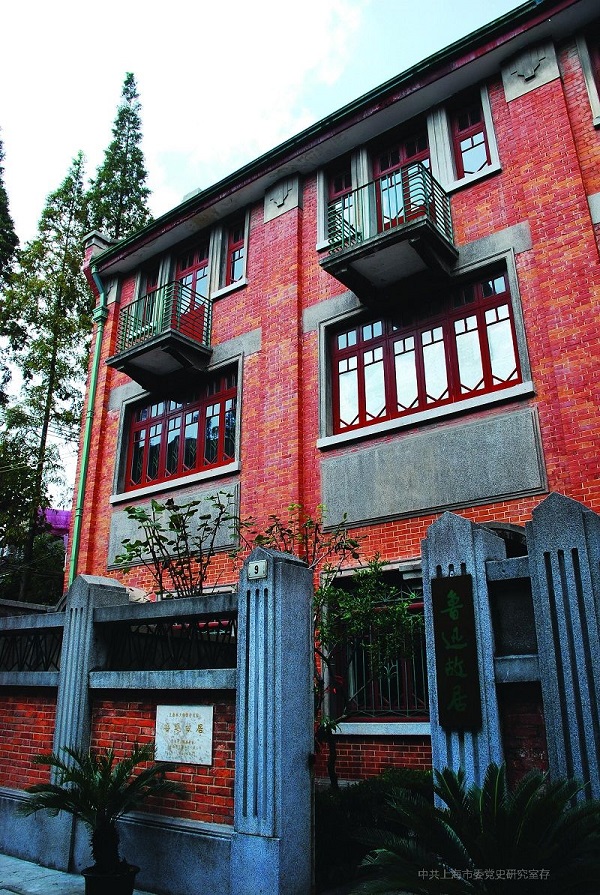
Lu Xun's last apartment in Shanghai is located at No 9 Lane 132, Shanyin Road, Hongkou district. Lu Xun moved in with his wife and child on April 11, 1933, and died here on Oct 19, 1936.
After Lu Xun's death, his wife and child moved to Huaihai Road, and the furniture was moved with them. However, the furniture was later donated by his wife when the former residence was restored in 1950.
Tomb of Lu Xun
The Tomb of Lu Xun in Lu Xun Park features a tomb area, a viewing platform, and a seated statue of Lu Xun.
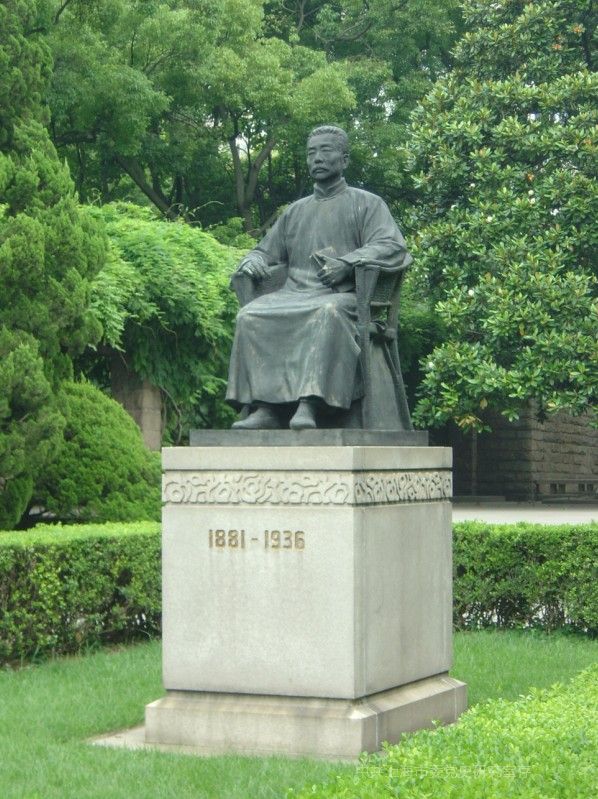
Shanghai Luxun Museum
Address: No 200 Tian'ai Road, Hongkou district
Open: 9 am-5 pm
Note: The venue is temporarily closed for renovations from Nov 3 to Dec 3, 2025.
Admission: Free
Transportation: Metro Line 3, Line 8 to Hongkou Football Stadium Station
Bus Lines 18, 21, 52, 139, 167, 597, 854, 939, Airport Line 4.
Scan the QR code to follow the Shanghai Luxun Museum's official WeChat account.
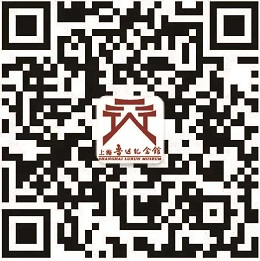
Lu Xun's Former Residence
Address: No 9 Continental Terrace, Lane 132, Shanyin Road, Hongkou district
Open: 9 am-4 pm; Closed on Mondays (Except on public holidays)
To preserve the building, a maximum of 10 people are allowed to enter the residence at any given time.
Visitors can also explore the former residence through a virtual tour online by scanning the QR code below.
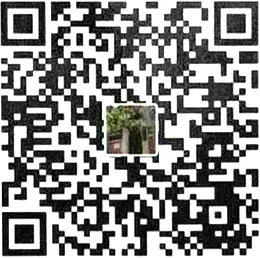
(Updated on Nov 21, 2025)
Sources: shanghai.gov.cn, chinadaily.com.cn, shhk.gov.cn, shhongse.fudan.edu.cn, luxunmuseum.com, WeChat account of Publicity Administration of Hongkou District at "hongkouly"